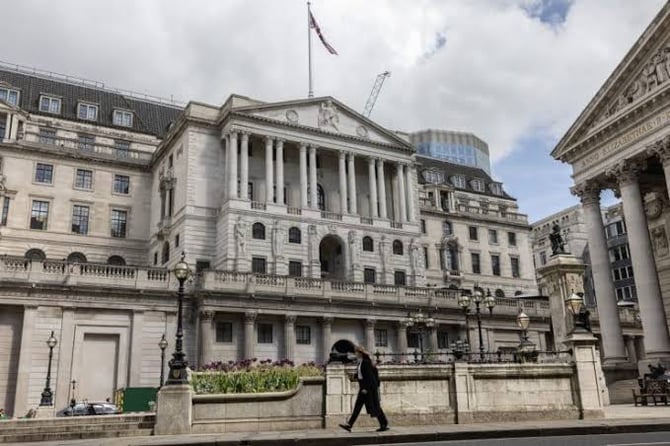Pound Declines Amid Cooler UK Inflation, Rate Cuts Likely

The British pound retreated after weaker-than-expected July inflation data signaled the potential for further interest rate cuts by the Bank of England. The pound fell by 0.22% against the US dollar and 0.18% against the euro. The data showed a 2.2% annual rise in consumer prices, slightly below the anticipated 2.3% but up from the previous two months’ 2% increase. Despite this, inflation remains above the Bank of England’s (BOE) 2% target.
This development reversed the pound’s gains from the previous day, which were driven by stronger wage data. Average pay increased by 5.4% year-on-year in Q2, the smallest rise in two years, while the unemployment rate fell to 4.2% in June from 4.4% in May. This tight labormarket could keep inflation elevated.
Following an interest rate cut earlier this month, the BOE is expected to reduce rates further this year. While markets have priced in at least one more cut, today’s cooler inflation data could prompt additional reductions. The UK 10-year gilt yield dropped by 4 basis points to 3.84% after the data release, though it remains above yields in other European countries.
What Does This Mean for Me?
Globally, other central banks are also cutting rates. The Reserve Bank of New Zealand unexpectedly lowered rates for the first time since the pandemic and signaledmore to come. The European Central Bank began easing in June, and the US Federal Reserve is expected to start reducing rates in September.
More News
.webp)
Japan’s Rate Shift Is Rippling Through Global Bond Markets
1 week ago

China’s Growth Engine Stalls as Consumers and Investors Pull Back
1 week ago

Egypt’s Recovery Gains Traction as Household Pressure Lingers
3 weeks ago

OECD Warns AI and Tariffs Will Test the Global Economy
3 weeks ago

Zero Tariffs, Higher Drug Bills as US and UK Reset Pharma Trade
3 weeks ago

Catastrophe Bonds Go Global as Climate Risk Meets Yield Hunting
1 month ago
.webp)
Canada Shields Steel and Lumber Industries From Tariffs
1 month ago

Trump Drops Selected Tariffs in Response to Inflation Pressures
1 month ago